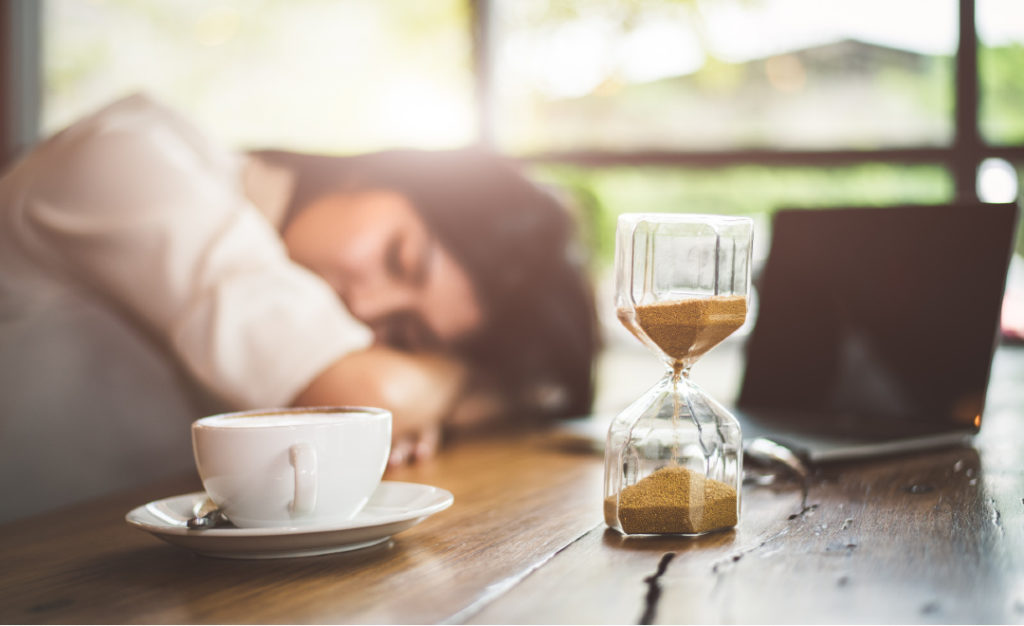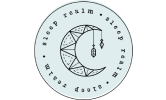We all need more sleep, or most of us, anyway. Research shows that 45% of Americans feel fatigued at least three times a week, even when they get 7 or 8 hours of sleep a night. Could a power nap be the answer?
Catching 40 winks could give you a boost of energy and alertness. But many people don’t even know how to take a nap, so getting those extra few minutes of snooze time can be a challenge. With the right guidance, anyone can learn how to nap, when to nap, and the benefits of power napping for a better day to day life.
Perfect Amount of Sleep
What is the ideal amount of sleep? The CDC states that adults require a minimum of 7 hours a night. They note that anyone who gets 7-9 hours but still feels tired all the time could be suffering from a sleep disorder like sleep apnea or simply from poor quality sleep.
A short nap could supplement a lack of sleep during the night.
Dangers of Sleep Deprivation
Not getting enough sleep can lead to a range of problems, including:
- Lack of coordination
- Inability to focus
- Low mood or irritability
- Tremors and muscle spasms
- Slurred speech
- Poor libido
- Visual disturbances
A lack of sleep for just 24 hours leads to the same concentration levels as having drunk too much to be able to drive. You should never drive or operate machinery if you haven’t been sleeping well.

Different Types of Nap
20 Minute Naps
Napping for less than 20 minutes is barely a doze. But even 20 quick minutes of sleep could improve your level of alertness or focus, and even your motor skills. You’ve gone past that lovely drifting, dream-like feeling into an actual dream state. This is sometimes called a stage 2 nap. Even a few minutes of this slower state of brain activity may be beneficial.
30 to 60 minute Naps
Unsurprisingly, the longer you nap, the better the benefits can be. Thirty-minute naps can improve your memory, decision-making skills, and even bring out your creative side.
Naps Over an Hour
Anything up to 90 minutes is a powerful power nap indeed. Expect better problem-solving skills, higher focus, and a positive mood and outlook. Avoid napping for longer than 90 minutes as it may leave you feeling more tired.
Can’t I Just Have a Coffee?
Sure, but it won’t have the same positive effect as actual sleep. Nothing against coffee, of course. When you need an energy boost or to get rid of temporary fatigue, coffee can be a real boon. But it isn’t a sleep replacement. An hour’s nap has beneficial effects on the memory, helping you to avoid making mistakes and allowing you to stay focused on the task at hand.
Sugar can also be used for almost instant energy, but you can crash and feel even worse when it runs out than before.
How to Power Nap
Learning how to nap might seem challenging if you’ve always been one of those people who takes an hour or more to drop off. How can you schedule an hour for a power nap if it takes you nearly that long to fall asleep? Our napping tips can help.
Best Time to Nap
In many Mediterranean countries such as Spain, the siesta is a post-lunch nap time that helps a leisurely lunch go down and avoids the midday sun’s searing heat. After lunch is a great time to nap, as food often makes you feel sleepy, and you can be tired and unfocused after a busy morning. Try to take your nap before 3 pm to avoid messing up your nighttime routine.
Optimal Nap Length
The ideal nap length depends on you and how much sleep you need. If you have real difficulty sleeping at night, try to avoid napping, as it could teach your body that you don’t need your nighttime sleep, which can disrupt your natural sleep cycle.
A power nap of 20 minutes should improve your focus and mood. Longer naps offer more significant benefits, but if you go over 90 minutes, you might find yourself entering a deeper sleep state, which leaves you feeling groggy when you have to get up again.
You can use a nap timer or simply set the alarm on your phone to make sure you don’t oversleep.
Top Tips for Power Napping
To allow yourself to drop off naturally, try progressive relaxation techniques such as tensing and relaxing the different muscles in your body, from head to toe. You can also use a meditation app or white noise to help stop your mind from focusing on a particularly stressful problem. Other things to try include:
- Keeping hydrated in the morning so that you’re not gasping for a glass of water half-way through your nap.
- Take a bathroom break before you start settling down.
- Use an app like Headspace for quick, 5-minute mindfulness meditations to help calm your mind.
- Use an eye mask to help block out light or make sure you have thick curtains.
- Try lavender essential oil in a diffuser (as long as you have no sensitivities or allergies to essential oils) as it is proven to help humans relax and aid sleep.
- Make sure your bed is tidy and comfortable, as this can help ease you into sleep faster than if you’re shuffling around in a nest of messy covers.
Try finding a quiet part of your day for a quick power nap, and see how it can improve your work or personal life!
Takeaway
Power napping is any short nap taken outside your regular nightly sleep schedule. Power naps can help reduce fatigue and improve focus. Naps are better than caffeine or sugar as a pick-me-up.


